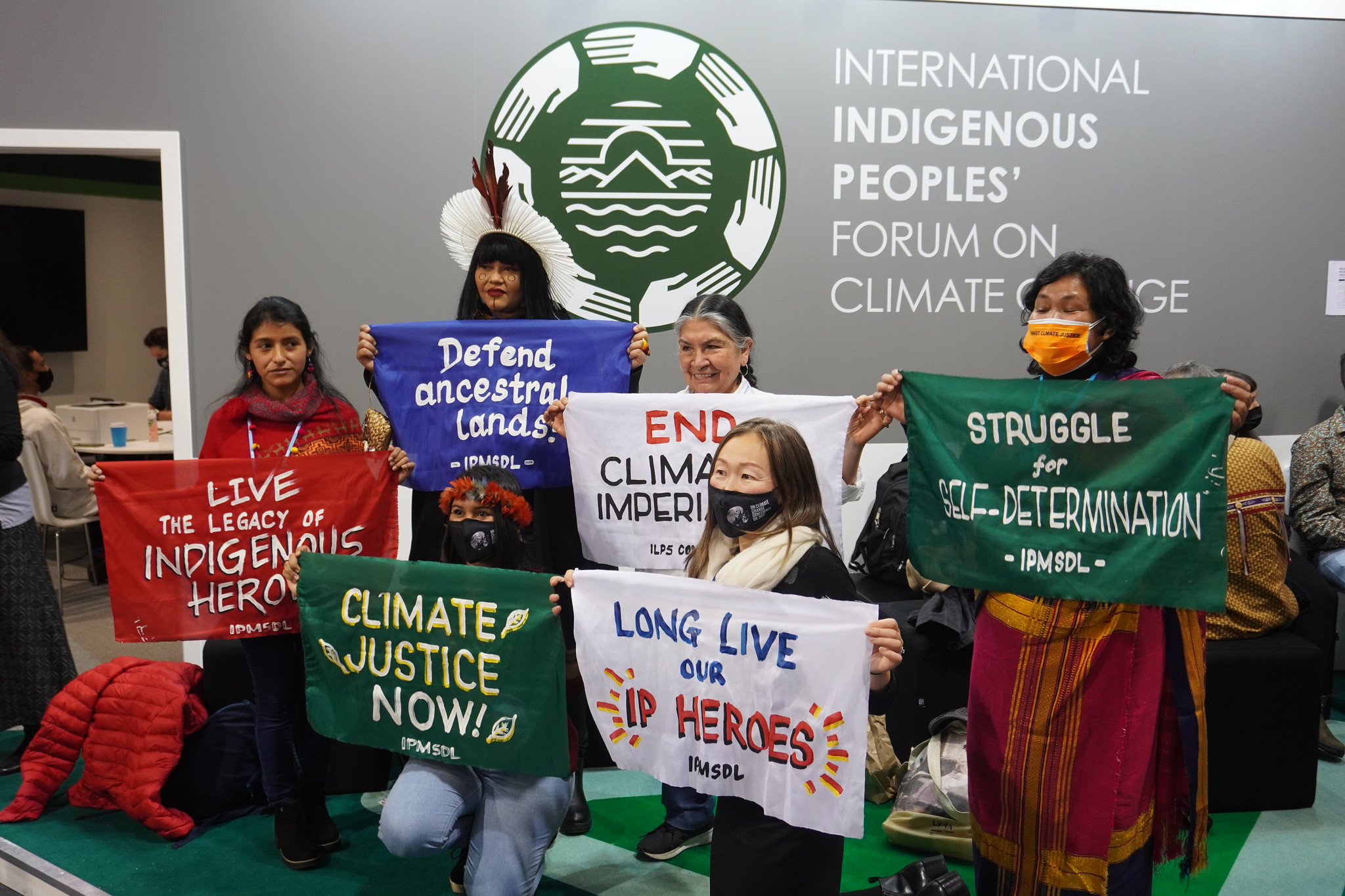When Galina Angarova thinks of her grandmother, she remembers the way she could predict the day’s weather and the wild berry harvest months in advance. “She knew so many things that are hidden from the regular eye, just because she was of that land,” Angarova, a representative of Russia’s Indigenous Buryat People, said in a speech given at the Global Landscapes Forum in 2020. “In fact, she was more than just part of the land. She was the land, and the land was her.”
As the executive director of the global Indigenous rights organization Cultural Survival, Angarova is at the helm of a growing movement to finally place Indigenous peoples – the stewards of most of the world’s remaining biodiversity – in the center of conversations about sustainable landscapes and climate change. And in solidifying Indigenous peoples’ role in species conservation, she hopes to also prevent future repetitions of the historical exclusion and cultural marginalization of the peoples themselves.
While she has represented Indigenous peoples at the U.N. and worked to protect their rights within its climate change framework, she stresses that the strength of the Indigenous movement is a result of its collective action. This concept of unity is key to the respect and vast knowledge of landscapes embedded within Indigenous cultures and languages, she says.
“In my native language, there is no such word as ‘environment.’ We have the word baidal, which means, ‘state of being, state of self and the environment around.’ It signifies unity and non-separation between a human and their environment,” she says. “Hence, the mindset, attitudes and behaviors toward self and environment are inseparable and interdependent and based on the concepts of complementarity and non-duality.”




